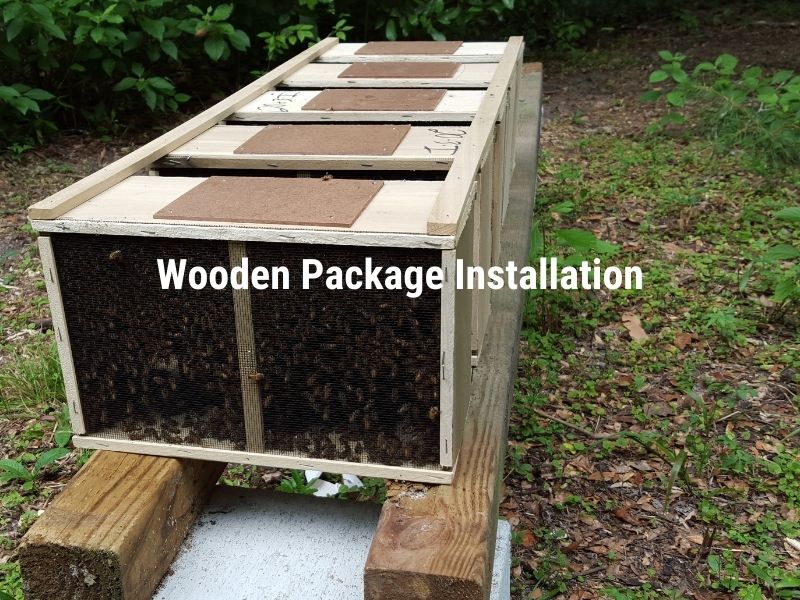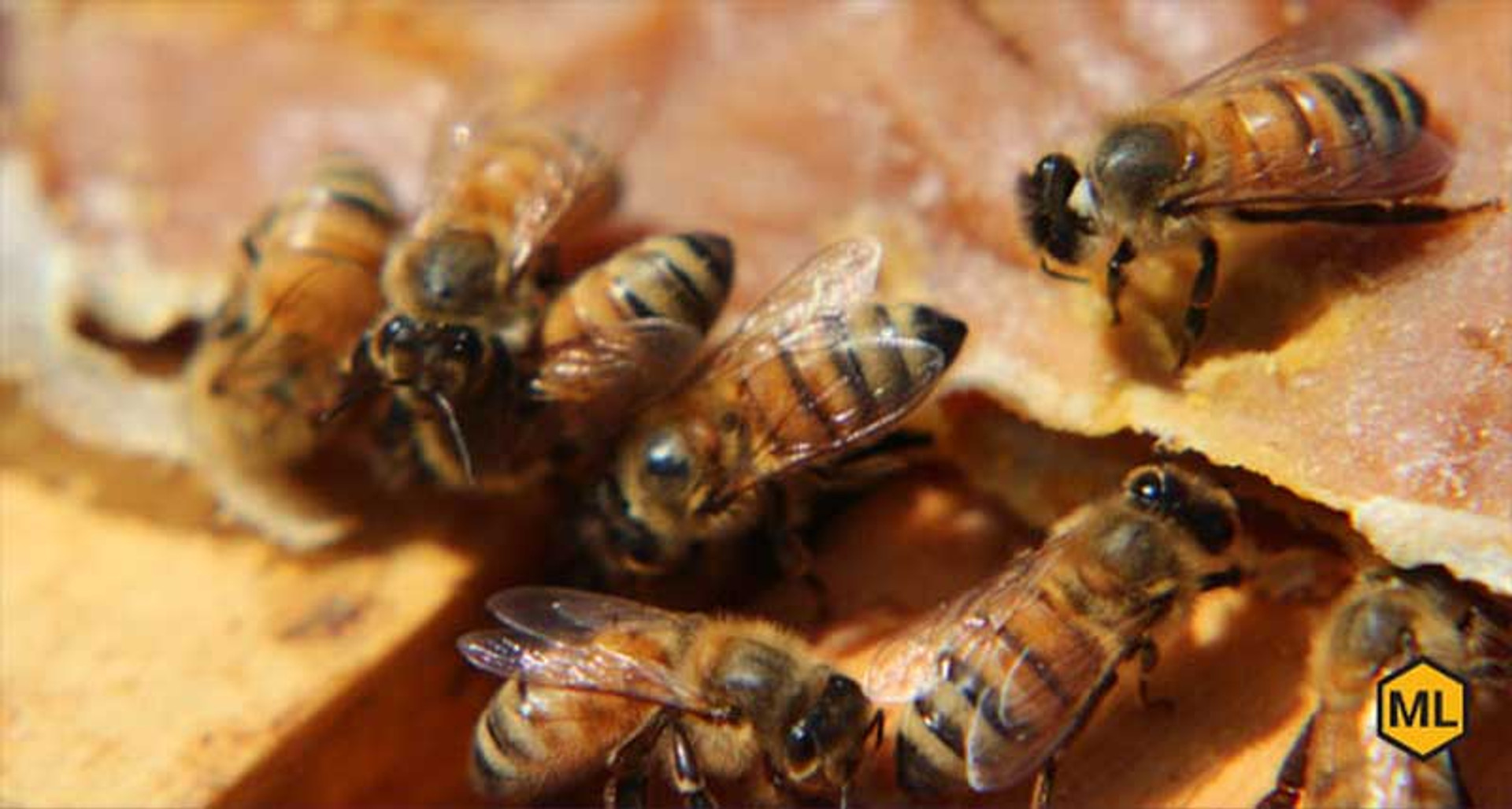Bee Installation Instructions & Claims
Package Bee Health Certificates
Queen Bee Health Certificates
How to Report an Issue
If there was something wrong with your bees, the item was not receivied, or the queen was not laying, it is important that you process a claim within 24 hours.







